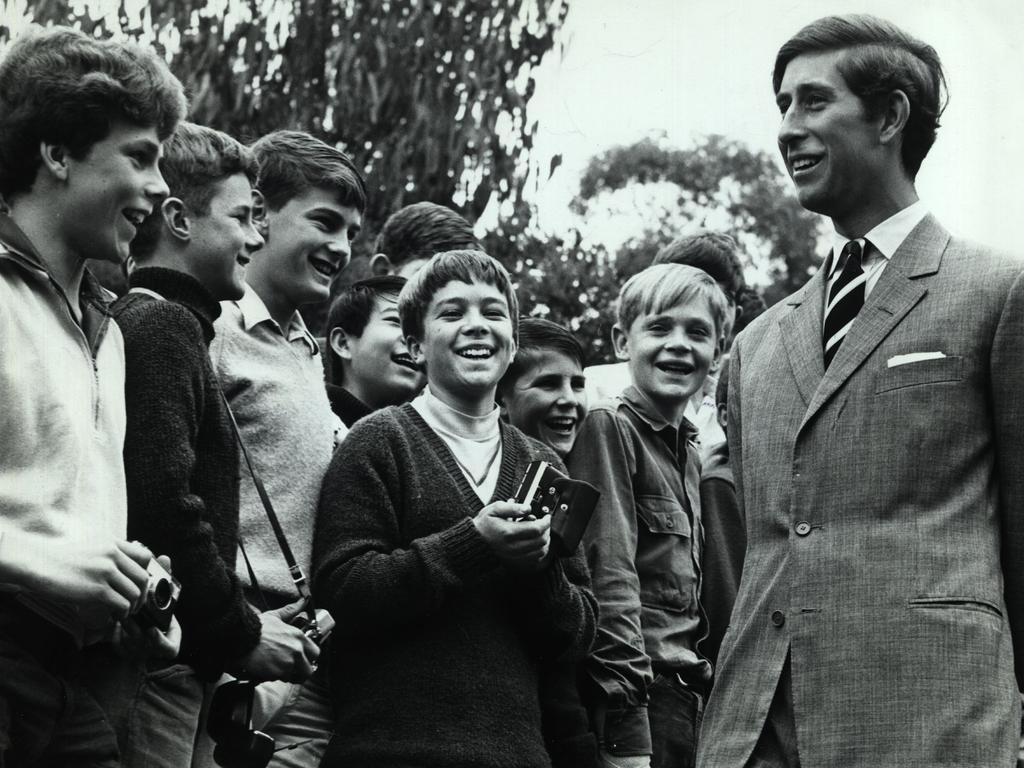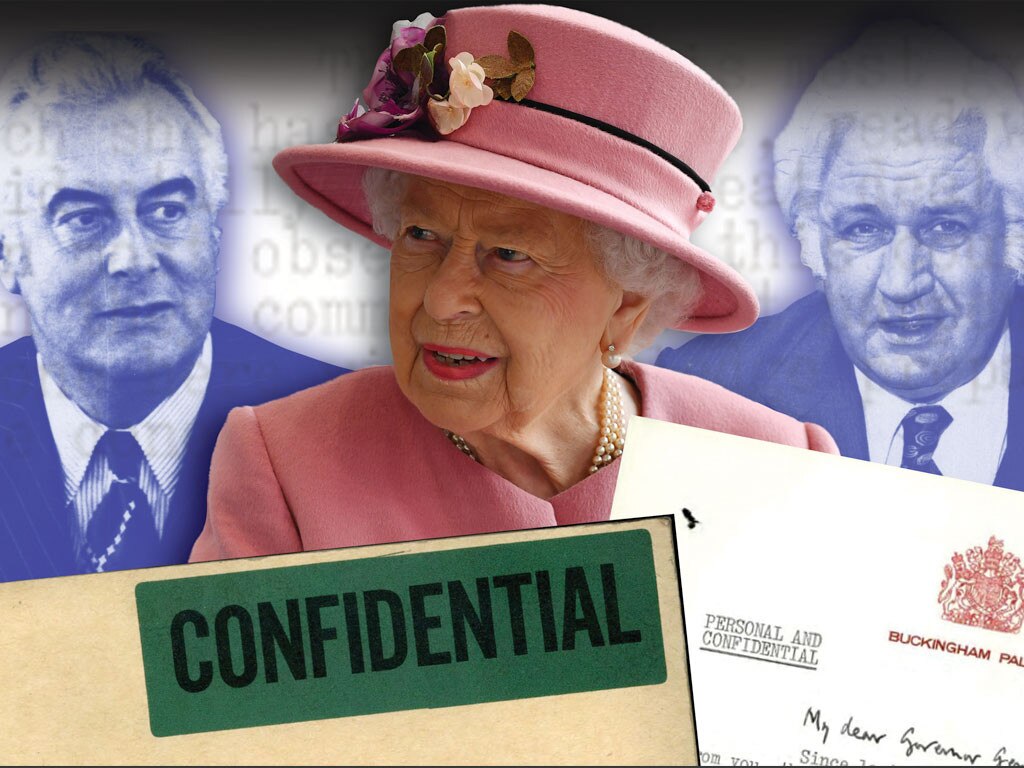Revealed: How palace and prime minister’s misgivings led Sir John Kerr to resign
Documents show how Palace and Malcolm Fraser’s misgivings led Sir John Kerr to resign.

Newly released documents show that just 18 months after dismissing the Whitlam government, governor-general Sir John Kerr had lost the confidence of both Malcolm Fraser and Buckingham Palace, leading to his early resignation from the office.
The decisive meeting leading to his resignation came during the Queen’s March 1977 visit to Australia that confirmed the high standing of the monarchy post-dismissal. At the same time, Fraser had reversed his attitude towards the governor-general and wanted his departure.
In a July 14, 1977, “personal and confidential” letter Sir John wrote to Robert Menzies — now fully revealed for the first time — he described how the Queen and Fraser preferred his departure after months of division and protests.
“Both felt that the battle had been substantially won and that if I was minded to do so, perhaps it was in the interests of the monarchy and country to help things settle down by making room for a successor,” Sir John wrote to Sir Robert. “This message came through fairly clearly from the prime minister.
“No one, of course, asked me to resign but after a series of conversations during the visit and in London, I felt that I had to take the step which has been taken, as a matter of duty. If I had been asked to stay on, I should have done so.”
Sir John was not asked to stay. The most detailed account of his departure as governor-general is contained in our new book, The Truth of the Palace Letters: Deceit, Ambush and Dismissal in 1975, published by Melbourne University Press, that draws upon fresh documents released by the National Archives of Australia in addition to the Buckingham Palace letters.
These new documents reveal a masterful study in psychology, with the Palace pushing Sir John to the resignation door while telling him it was his decision to judge where his duty lay. The most important meeting with the Queen was aboard the royal yacht, Britannia, at Fremantle in Western Australia on March 30, 1977, when Sir John was invited to lunch and left feeling that national healing was best achieved by his departure.
In his letter to Sir Robert, the governor-general wrote: “I am not sure whether he [Fraser] or the Queen developed an ‘accepting’ approach first. Things crystallised on the yacht during the visit.”
After the Queen’s visit, Sir John travelled to Paris where he wrote and rewrote a tortuous eight-page longhand letter to the Queen’s private secretary, Martin Charteris, saying resignation “has been on my mind” and a departure in late 1977 or early 1978 would likely “heal any remaining wounds resulting from the supply crisis of 1975”.
This is a new letter from Sir John to Buckingham Palace that has not been made public before.

In a draft of this letter, Sir John revealed his resentment of Fraser. He said Fraser was “happy for me to go” and he “never really had the support” he deserved since the Whitlam dismissal. He called Fraser a “stern” and “arrogant” man.
Sir Martin, replying to the letter Sir John actually sent, confirmed an audience with the Queen in London on June 3.
His resignation was sealed at this meeting. The Queen never asked Sir John to resign — that would have been improper.
Sir Martin subsequently wrote to Sir John saying the Queen “fully understands that you are doing this to serve the best interests of Australia”. The Palace wanted a smooth departure.
Sir Martin wrote letters after the November 11, 1975, dismissal supportive of Kerr’s action — as distinct from his cautionary advice before the dismissal — but at the end of the day the Palace wanted Kerr gone.
The real attitude of the Queen and Sir Martin towards Sir John was documented when Paul Hasluck, Kerr’s predecessor as governor-general and a Palace confidant, had a meeting with Sir Martin at the Palace a few weeks after Kerr’s resignation was announced.
As a historian, Hasluck made a note. He wrote: “It was also apparent that at some stage some pressure had been applied from the Palace to bring about his resignation. Charteris — and by implication the Queen — had a poor opinion of the Kerrs.”
Sir Martin told Sir Paul it had been best for Sir John to remain in office for the Queen’s visit to Australia and then for him to come to London. But Sir Paul, who had also been aboard the Britannia, had “gained the impression” from several discussions “that the Palace had brought pressure to bear on Kerr to retire”.
Sir Paul’s contemporaneous note said Sir Martin felt Sir John and Lady Kerr were a “greedy” couple.
He wrote: “We discussed the Kerrs, both man and wife, the conclusion being that it was a ‘good thing’ that they were going, that up to date it was a relief to know that his resignation was being handled smoothly, and that the Palace was fervently hoping that at the time he left office or immediately thereafter, he did not do anything that was improper, either in publication or in public activities.”
“It was apparent that at the Palace the chief fear arose from a belief that the Kerrs and, especially, Lady Kerr, were ‘very greedy’.”







To join the conversation, please log in. Don't have an account? Register
Join the conversation, you are commenting as Logout